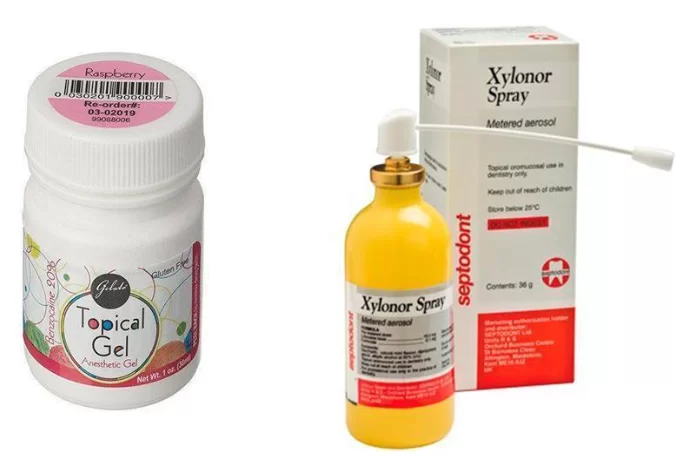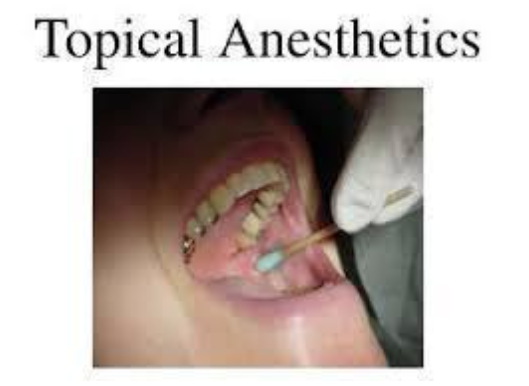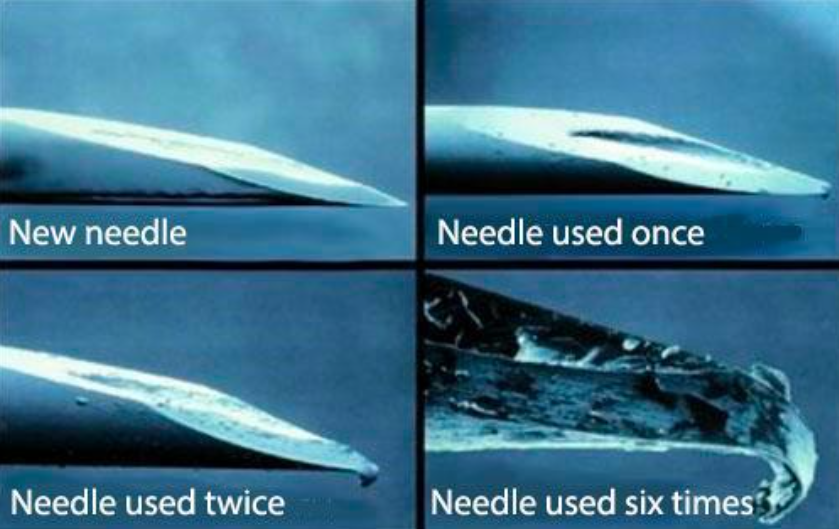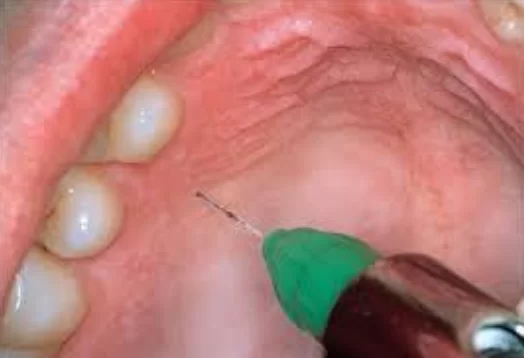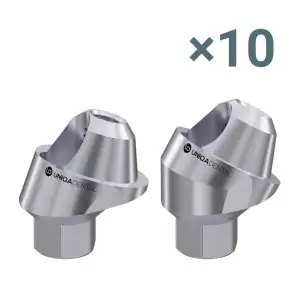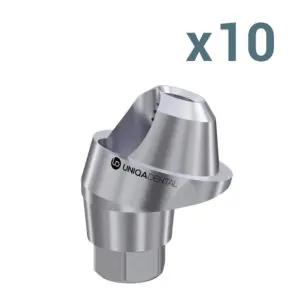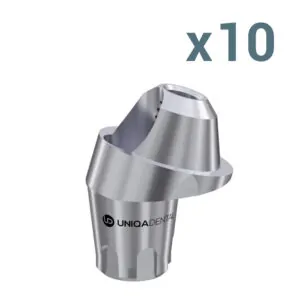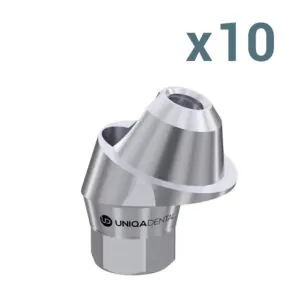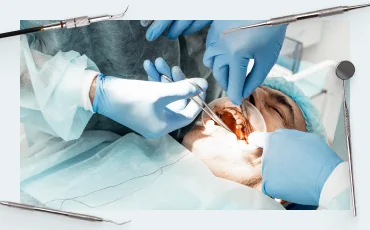How to Make Painless Injections in the Oral Cavity
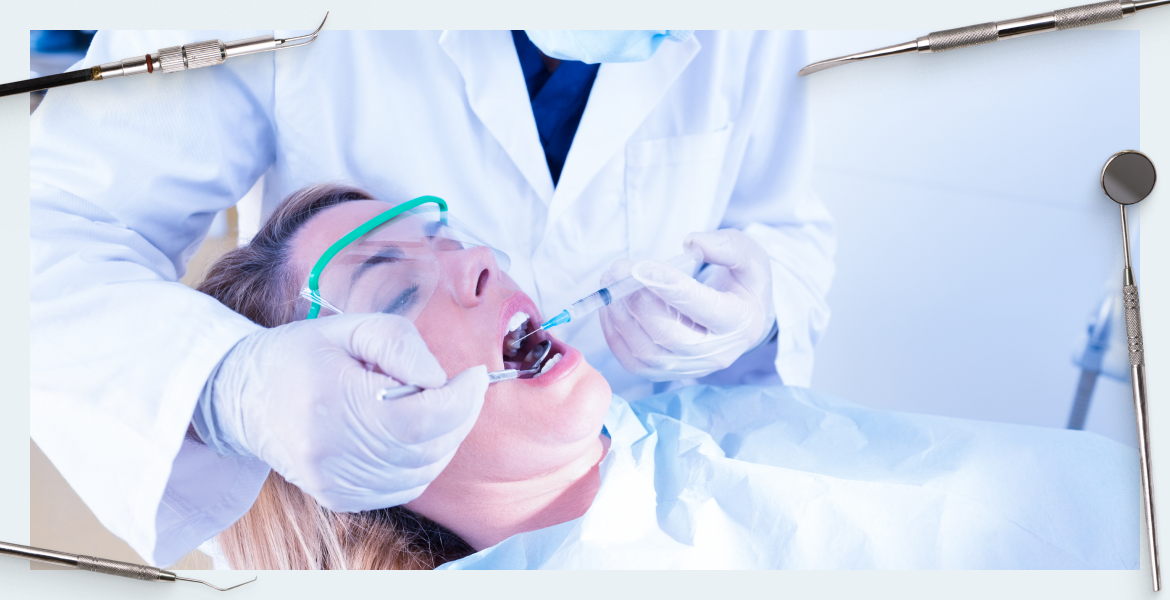
Contents
This is an extremely important procedure because, besides the treatment, the psychological state of the patient is important. Any dental procedure is stressful for the patient, so it is important to minimize it, otherwise, you can get a jump in blood pressure, or other complications.
The patient is not going to evaluate the marginal fit or the occlusal pattern you used in your dentures. He is only concerned about three things:
- How painful it will be;
- how good the restoration will look;
- and how much the treatment will cost.
A painful injection from the patient’s perspective is the most unpleasant part of dentistry. In this article, we’ll look at how to reduce, or eliminate, the painful sensation of an injection.
What is the source of pain when injecting anesthetics?
It is important to note that most of the unpleasant sensations are not related to the puncture of tissues ( if the needle is thin and sharp) but to the injection of anesthetic.
The painfulness of the injection site is due to two factors: acid damage to the tissue, and hydraulic dissection.
- The anesthetic in the carpule is very acidic. It is not surprising that the patient flinches because acid is being injected under the mucosa. One way to reduce discomfort is to neutralize the acid with alkali beforehand. That is, a solution of sodium bicarbonate is added to the anesthetic and changes its pH from acidic to neutral. In addition to reducing pain, the pre-neutralization of the solution shortens the time of onset of anesthesia. It can be done independently or with the help of the Onset system from Onpharma Company. For self-neutralization, you will need a syringe Luer and sodium bicarbonate solution (8.4% or 4%). Part of the anesthetic is withdrawn from the carpule and replaced with sodium bicarbonate solution. The Onset system allows you to do the same with greater convenience. Disadvantages include the high price and the presence in the instructions of a dilution table only for 2% lidocaine solution with adrenaline. It is up to each dentist to decide which method to use.
- The second factor in the painfulness of the injection is the hydraulic dissection of the tissue. If the solution is injected too quickly, the tissue does not have time to adapt to the new volume and micro-tears occur. The denser the tissue, the more painful the injection. Injections are always more painful on the palate than on the vestibular side. There are several computerized systems that allow the anesthetic to be injected slowly, but you don’t need them. The recommended rate of administration of a 4% solution of articaine with adrenaline 1:100,000 is 1 ml per minute. That is approximately a carpule in 2 minutes. This process requires patience from both the dentist and the patient.
Preparation for the injection
In addition to psychological preparation and finding out the general state of health of the patient, it is necessary to use a local anesthetic before the injection. These come in the form of a gel or spray. Both forms work well if used correctly.
One of the main conditions for effective local anesthesia is the application of the drug on DRY mucosa. Dry the mucosa thoroughly with a tissue. This will remove saliva and proteins that interfere with the action of the anesthetic. Apply the drug for 30-60 seconds, or until the tissue becomes wrinkled. This means that the anesthetic has penetrated the mucosa and blocked the subepithelial nerve endings.
After injection, the local anesthetic must be washed off, otherwise it will cause sloughing of the epithelium.
How to make painless injections
Prepare a needle with an anesthetic. To minimize painful sensations you need to perform the following steps:
- Disguise the sensation of the injection by pressing or vibrating the mucosa at the injection site. There are special machines for this purpose, such as the Vibrajet. This device produces vibration at the injection site to distract the patient from the pain and reduce his anxiety. The vibration stimulates the large nerve fibers that transmit signals of touch and pressure and blocks the small nerve fibers that transmit signals of pain. Thus, the patient does not feel the needle penetrating the tissue and injecting the anesthetic. Vibrajet works on the principle of the piezoelectric effect, i.e. the transformation of an electrical impulse into a mechanical vibration. A similar effect can be achieved by applying a series of pressure to the area of the gum where the injection is to be made.
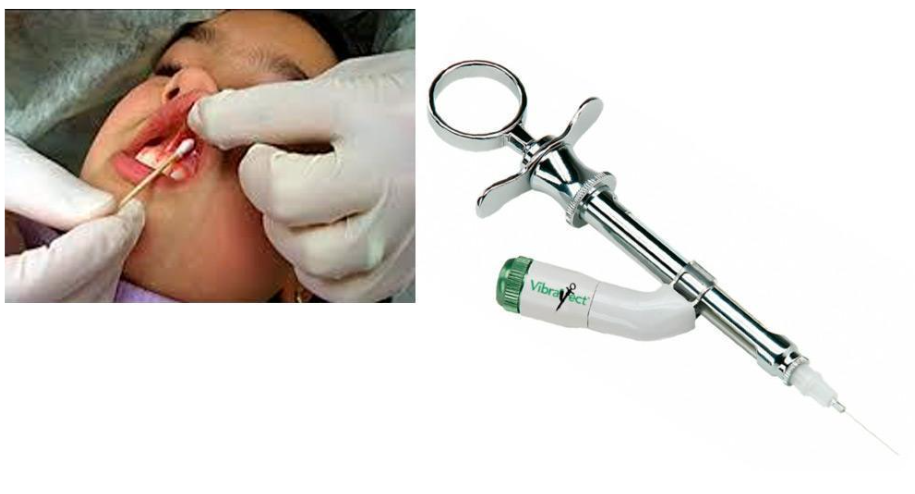
- The tip of the needle should not be brought to the periosteum for two reasons:
– First, the local anesthetic does not penetrate so deeply and the sensation of the needle, which reaches the periosteum is extremely painful.
– Secondly, the tip of the needle will blunt. In the next puncture of the mucosa, the blunt end of the needle will not cut the tissue but will tear it. The doctor will feel this as a characteristic crunch, and the patient will feel severe pain. - Reduce the acidity of the anesthetic according to the recommendations above.
- The rate of drug administration should be smooth and slow. The recommended speed is indicated above.
How to reduce the pain of injections in the palate area
Injections on the palate are particularly painful. Local anesthetics don’t work well in this area because of the thickness of keratinized mucosa. Here are a few tips:
- The injection area can be cooled with ice or aerosol. It is necessary to do this quickly and carefully, so as not to cause cold necrosis of the tissue. As soon as the palate is slightly numb from the cold, the injection is made, not bringing the tip of the needle to the periosteum, and injecting a few drops of anesthetic. After that, it is necessary to wait until the injection site is already numb from articaine. If this step is skipped, then the introduction of the main part of the anesthetic will cause painful sensations.
- The second method takes longer, but is highly effective, especially in agitated patients and children. First, infiltration of the mucosa on the cheek side is done, and wait about a minute for the soft tissues to become numb. As soon as this happens, a small amount of anesthetic is injected into the vestibular gingival papilla. The piston should be pressed hard enough to make the papilla pale. At the same time, the lingual (palatine) part of the papilla will also become numb. Once this has happened, you can give the injection on the palatine side as well.
We hope you found the material in this article useful. Until next time.
-
Hot
10 Х 17° and 30° Angled Multi-Unit Abutment D-Type Internal Hex Regular Platform
Original price was: $680.$578Current price is: $578. Buy Now -
Hot
10 Х Angled Multi-Unit Abutment D-Type for Megagen AnyRidge® C
Original price was: $680.$578Current price is: $578. Request -
Hot
10 Х Angled Multi-Unit Abutment D-Type for MIS® V3 C
Original price was: $680.$578Current price is: $578. Buy Now -
Hot
10 Х Angled Multi-Unit Abutment D-Type for NobelActive® C
Original price was: $680.$578Current price is: $578. Buy Now

